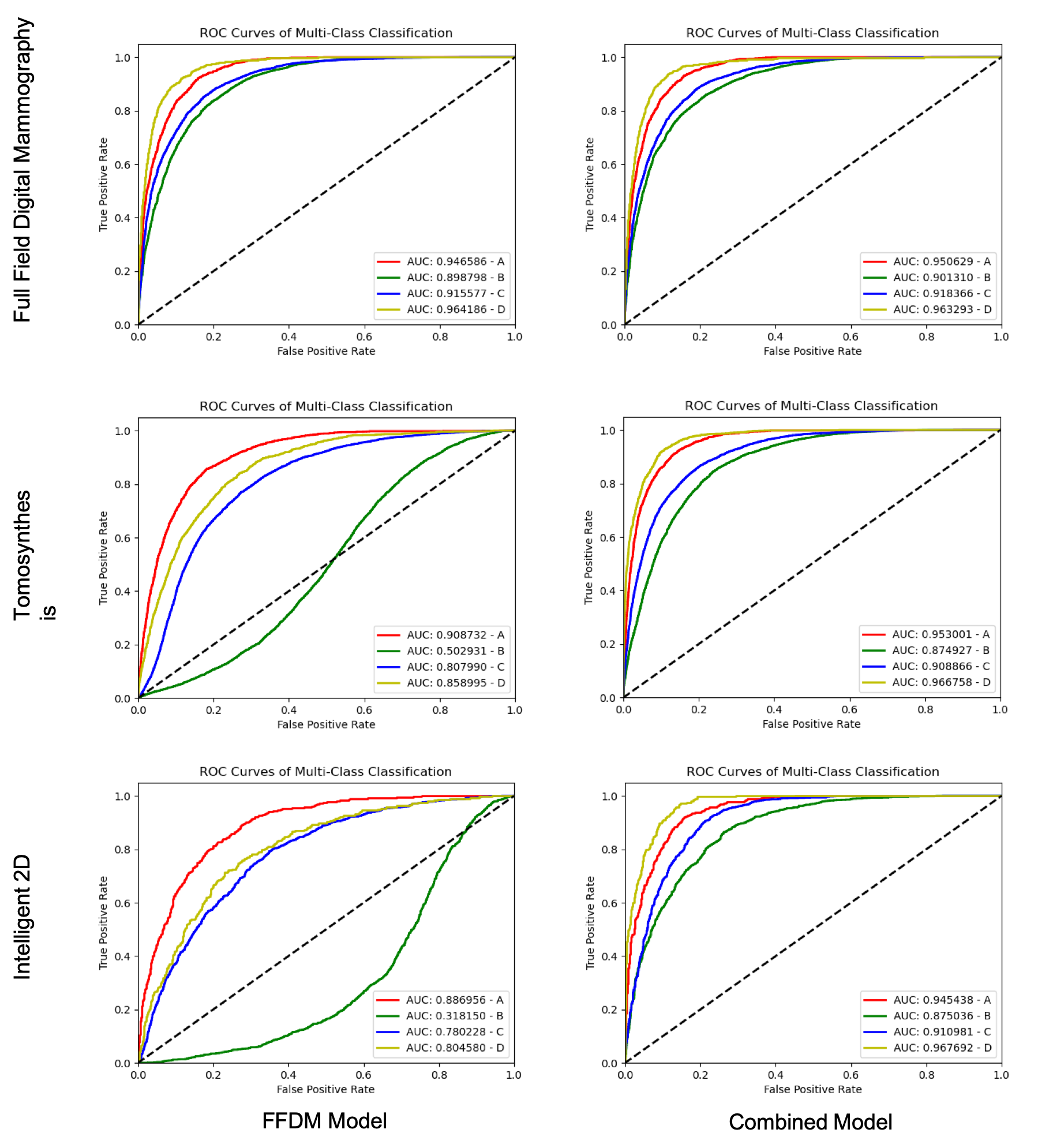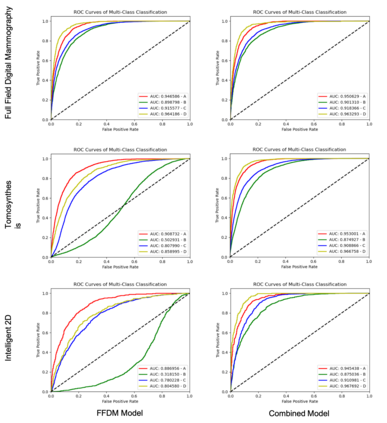Breast density estimation is one of the key tasks in recognizing individuals predisposed to breast cancer. It is often challenging because of low contrast and fluctuations in mammograms' fatty tissue background. Most of the time, the breast density is estimated manually where a radiologist assigns one of the four density categories decided by the Breast Imaging and Reporting Data Systems (BI-RADS). There have been efforts in the direction of automating a breast density classification pipeline. Breast density estimation is one of the key tasks performed during a screening exam. Dense breasts are more susceptible to breast cancer. The density estimation is challenging because of low contrast and fluctuations in mammograms' fatty tissue background. Traditional mammograms are being replaced by tomosynthesis and its other low radiation dose variants (for example Hologic' Intelligent 2D and C-View). Because of the low-dose requirement, increasingly more screening centers are favoring the Intelligent 2D view and C-View. Deep-learning studies for breast density estimation use only a single modality for training a neural network. However, doing so restricts the number of images in the dataset. In this paper, we show that a neural network trained on all the modalities at once performs better than a neural network trained on any single modality. We discuss these results using the area under the receiver operator characteristics curves.
翻译:乳腺密度估计是确认个人容易患乳腺癌的关键任务之一,由于乳房X光照片脂肪组织背景的对比和波动较低,这种估计往往具有挑战性。大部分时间,如果放射学家将乳房成像和报告数据系统(BI-RADS)决定的四个密度类别中的某个类别指定为乳房成像和报告数据系统(BI-RADS)所决定的四种密度类别,则对乳房密度估计进行人工估算。由于低剂量要求,越来越多的筛查中心支持2D视觉和C-View。乳房密度估计的深度研究更易受乳腺癌的影响。由于乳房X光照片组织背景的对比和波动较低,因此密度估计具有挑战性。传统乳房X光照片正在被透视和其他低辐射剂量变量(例如Hologic' Intelligent 2D 和C-View)所取代。由于低剂量要求,越来越多的筛查中心正在支持2D视觉和C-View的关键任务之一。乳腺癌估计只使用一种单一的模式来训练一个神经网络网络网络网络。然而,使用如此限制的图像数量,在经过训练的单一网络模式下,在任何经过训练的轨道上展示。





